In the School District of Philadelphia in 2007-08, almost one third of high school students attend one of the district’s 32 small high schools. Of these, 26 have been newly created or significantly changed since 2002. These small schools have a range of admissions criteria with two thirds being selective admission and one third neighborhood high schools. Along with this increase in high school options has been a growing interest in high school choice, with 73% of eighth graders applying to high schools outside their neighborhood in 2006. However, within the School District of Philadelphia, there is only one ‘choice’-the neighborhood high school-for the 51% of rising ninth graders who try to exercise choice but are not accepted to any of their preferred choices. For those students who do attend small high schools, our research suggests that this more personalized environment is demonstrating promising outcomes with regard to improved school climate, improved interpersonal relationships between adults and students and student-to-student, and students’ perceptions of their school experience. The small high school model is particularly promising for neighborhood high schools where positive relationships may help stem high dropout rates. Among our five case study high schools, the one small neighborhood high school reported great improvements in climate compared to its previous large configuration, although some lingering climate challenges remained. While positive relationships and improved climate create the conditions for learning, principals and teachers at all five case study schools reported that more was needed to develop and maintain a rigorous academic program for all students. They described the need for common faculty planning time to strengthen their academic program and more flexibility and resources to meet the unique staffing and rostering challenges of small high schools.
Informing High School Choices: The Progress & Challenges of Small High Schools in Philadelphia
Tracey A. Hartmann , Holly Plastaras Maluk , Rebecca Reumann-Moore
Date: January 2008
Related Publications
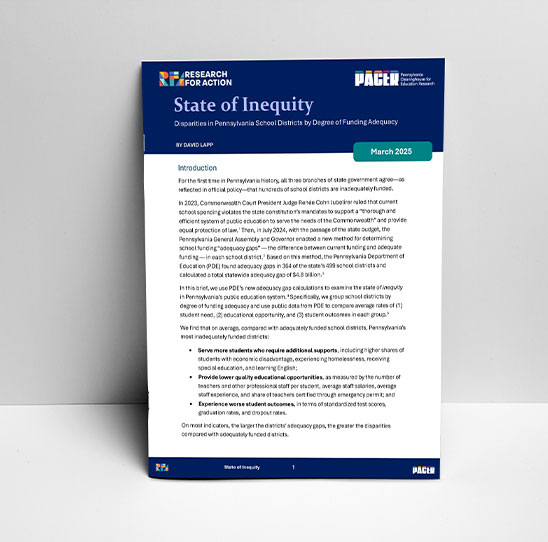
Publication
State of Inequity: Disparities in Pennsylvania School Districts by Degree of Funding Adequacy
David Lapp

Publication
Patterns of Student Mobility Among English Learner Students in Public High Schools in Philadelphia
Lindsey Liu, Sean Vannata
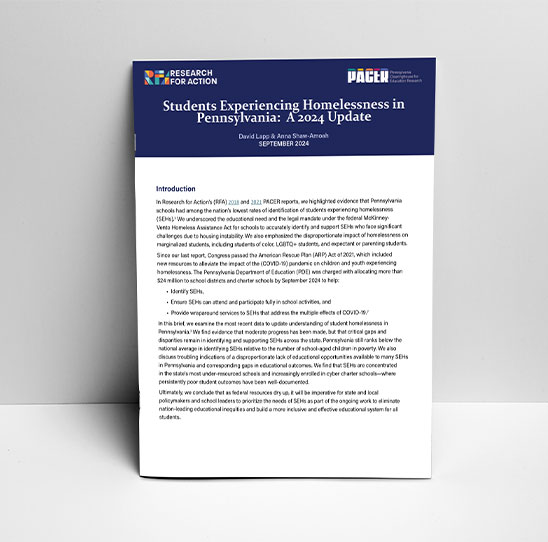
Publication
Students Experiencing Homelessness in Pennsylvania: A 2024 Update
David Lapp, Anna Shaw-Amoah
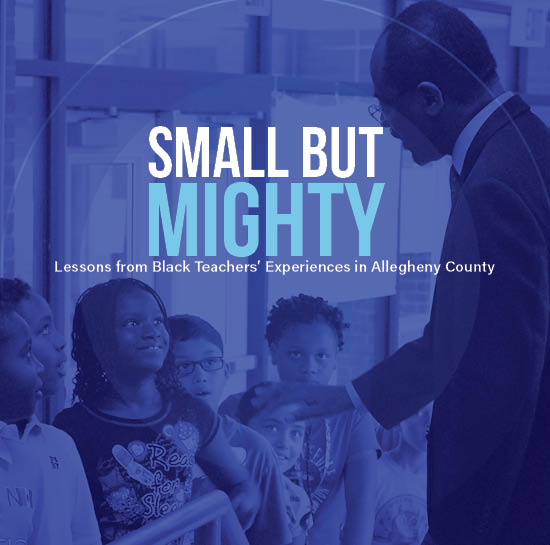
Publication
Small but Mighty: Lessons from Black Teachers’ Experiences in Allegheny County
Siettah Parks, Kevin Burgess, Leana Cabral, Mary Eddins, Alita Robinson
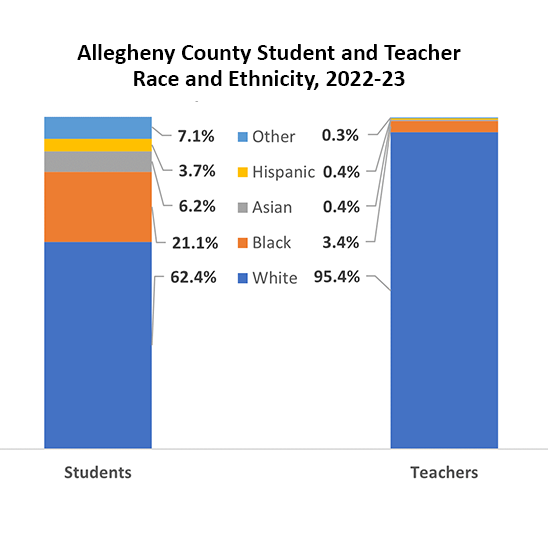
Publication
Allegheny County Teacher and Student Demographics: 2022-23 Update
Mary Eddins, David Lapp, Anna Shaw-Amoah

Publication
Exploring the Diversity and Supports for School District of Philadelphia English Learners as they Prepare to Transition to High School
David Bamat, Sean Vannata, Lindsey Liu, Molly Schlesinger, Alyn Turner
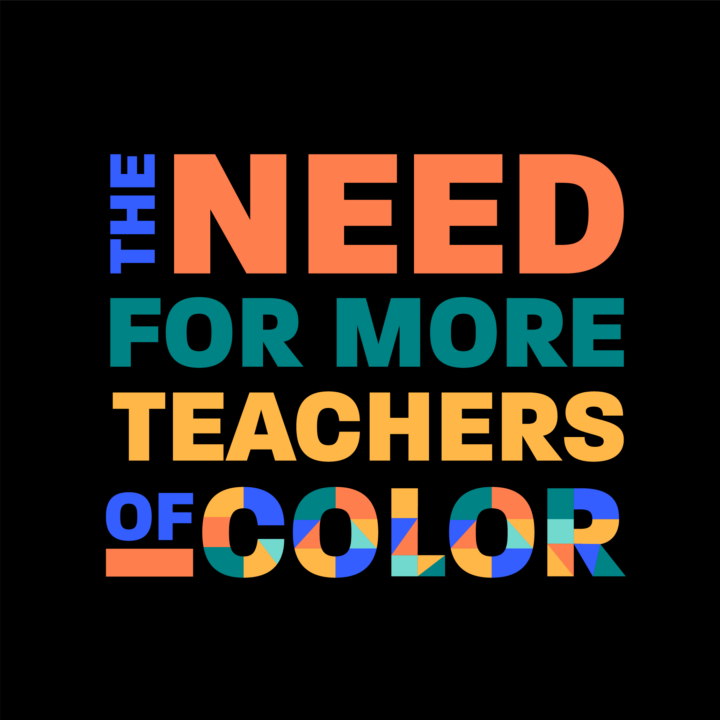
Publication
The Need for More Teachers of Color
Leana Cabral, Mary Eddins, David Lapp, Saxon Nelson
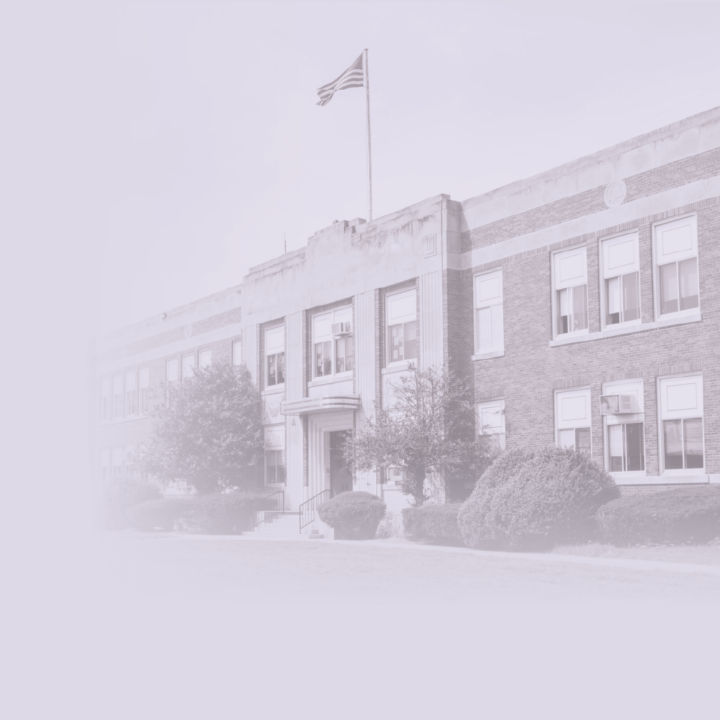
Publication
FAQ: Superintendents in Pennsylvania School Districts
Mary Eddins, Leana Cabral, David Lapp, Molly Pileggi, Saxon Nelson, Ammani Ahmad-Khan
Publication
Access to Experienced Teachers in Allegheny County
Mary Eddins
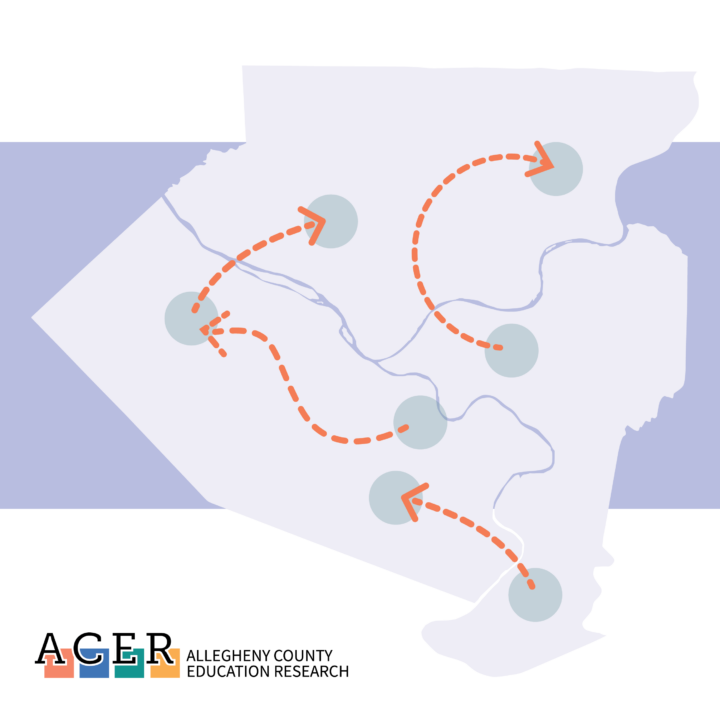
Publication
Teacher Mobility in Allegheny County, 2014-15 through 2019-20
Mary Eddins, Molly Pileggi

Publication
Final Report: Evaluation of the Aspiring to Educate Philadelphia Pilot

Publication
Where Do We Go Next? Youth Insights on the High School Experience During a Year of Historic Upheaval
Molly Pileggi, Kri Burkander, Justis Freeman, Sean K. Flanagan, Max Margolius, Liz Glaser, Monika Kincheloe